The Philippines became the first Asian country to host the FIBA World Cup in 1978. Let’s look back at what happened in the tournament.
2023 marks a big year for the Philippines as the country prepares to host the upcoming FIBA World Cup, along with Japan and Indonesia.
While this is the first time in history that the tournament will be hosted by multiple nations in Asia, this is not the Philippines’ first time hosting the FIBA World Cup.
So, what went down last time the country hosted the event?
When was the last time the Philippines hosted?
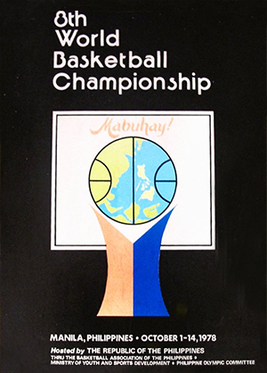
The Philippines hosted the 1978 FIBA World Cup, though, at the time, it was still referred to as the ‘FIBA World Championship.’ That year marked the eighth tournament in history and it lasted two weeks, from October 1 to 14.
This was the nation’s first and (prior to 2023) last time to host the big event. On top of this, the Philippines became the first-ever Asian country to host the FIBA World Cup.
The games took place in two venues in Metro Manila: Rizal Memorial Coliseum and Araneta Coliseum.
Who competed in 1978?
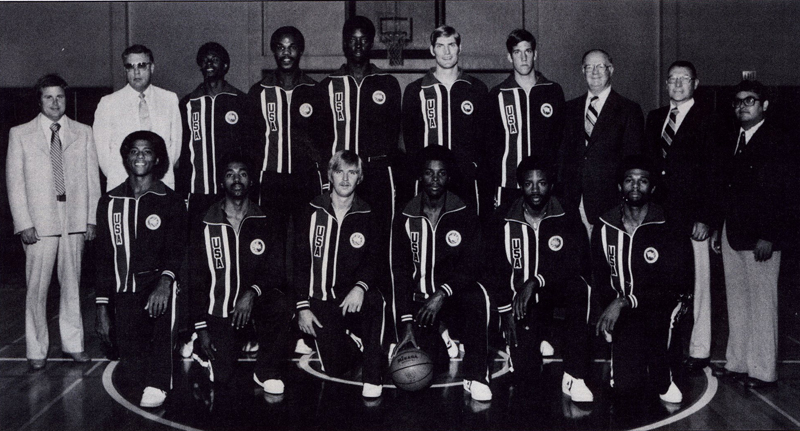
Throughout the FIBA World Cup’s history, the number of teams per year has fluctuated. In the first-ever World Championship, only 10 teams competed at the event, and through the years, the number grew to the highest ever in 2019, with 32 teams.
But in 1978, the Philippines only hosted 14 nations.
With just 14 teams, the tournament only had three groups:
- Group A: Canada, South Korea, Senegal, Yugoslavia
- Group B: Brazil, China, Italy, Puerto Rico
- Group C: Australia, Czechoslovakia, Dominican Republic, United States
In the early years of the FIBA World Championship, the host country, as well as the defending champions, would automatically qualify for the semifinal round of the tournament. Thus, the Philippines and the Soviet Union (as the defending champions) did not compete in the group stage.
Where did the Philippines finish?
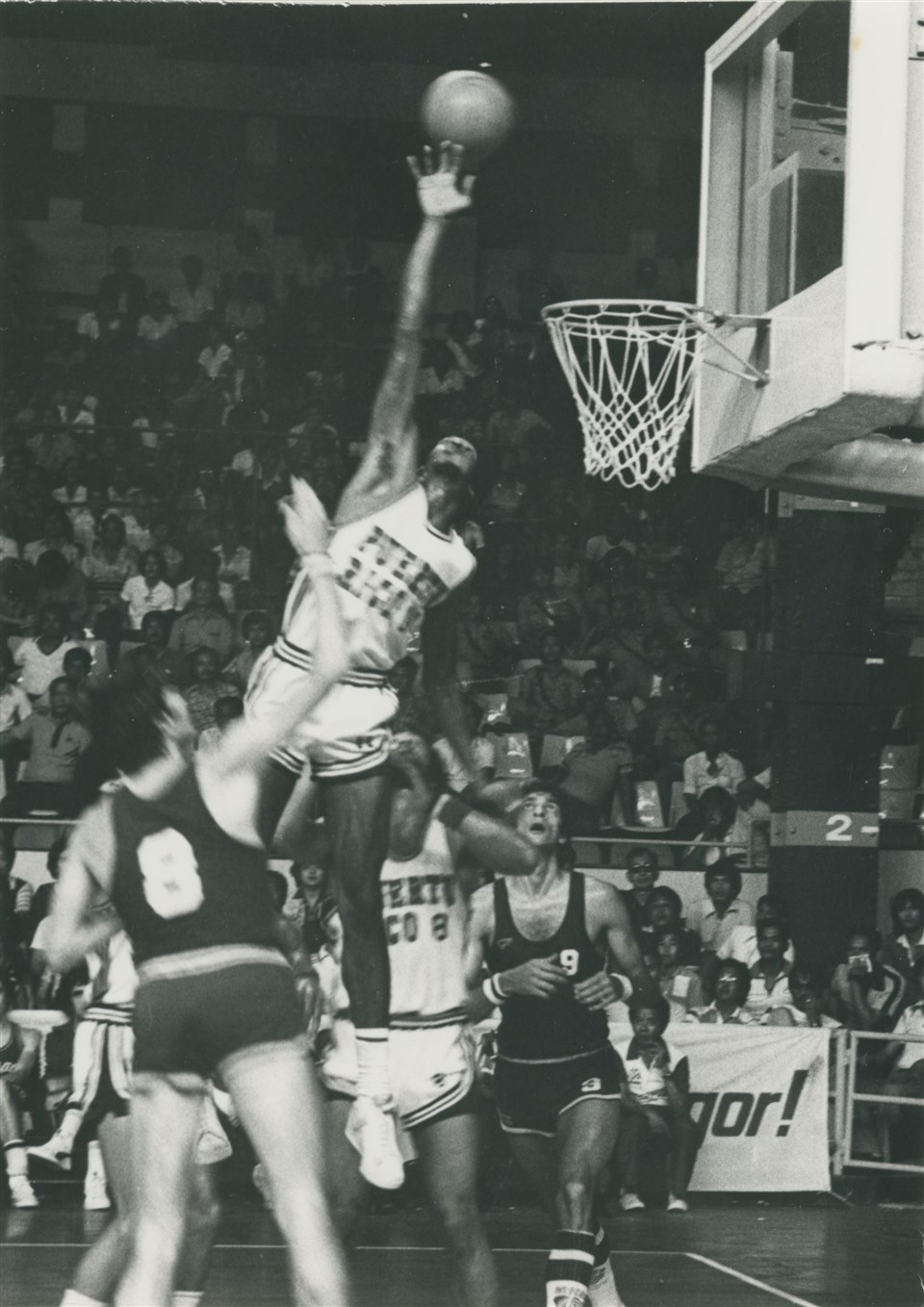
Following the old format of the tournament, each team that advanced from the group stage had to compete against one another. Thus, with eight teams in the semifinal round, the Philippines played seven matches.
Unfortunately, out of seven matches, the Philippines did not win a single game.
They were classified eighth in the semifinal standings. With this, they played a seventh-place playoff game against Australia but were beaten, 74-92.
Following this, the Philippines did not compete in the World Cup again until 2014, when the team finished in 21st place.
Who represented the Philippines?
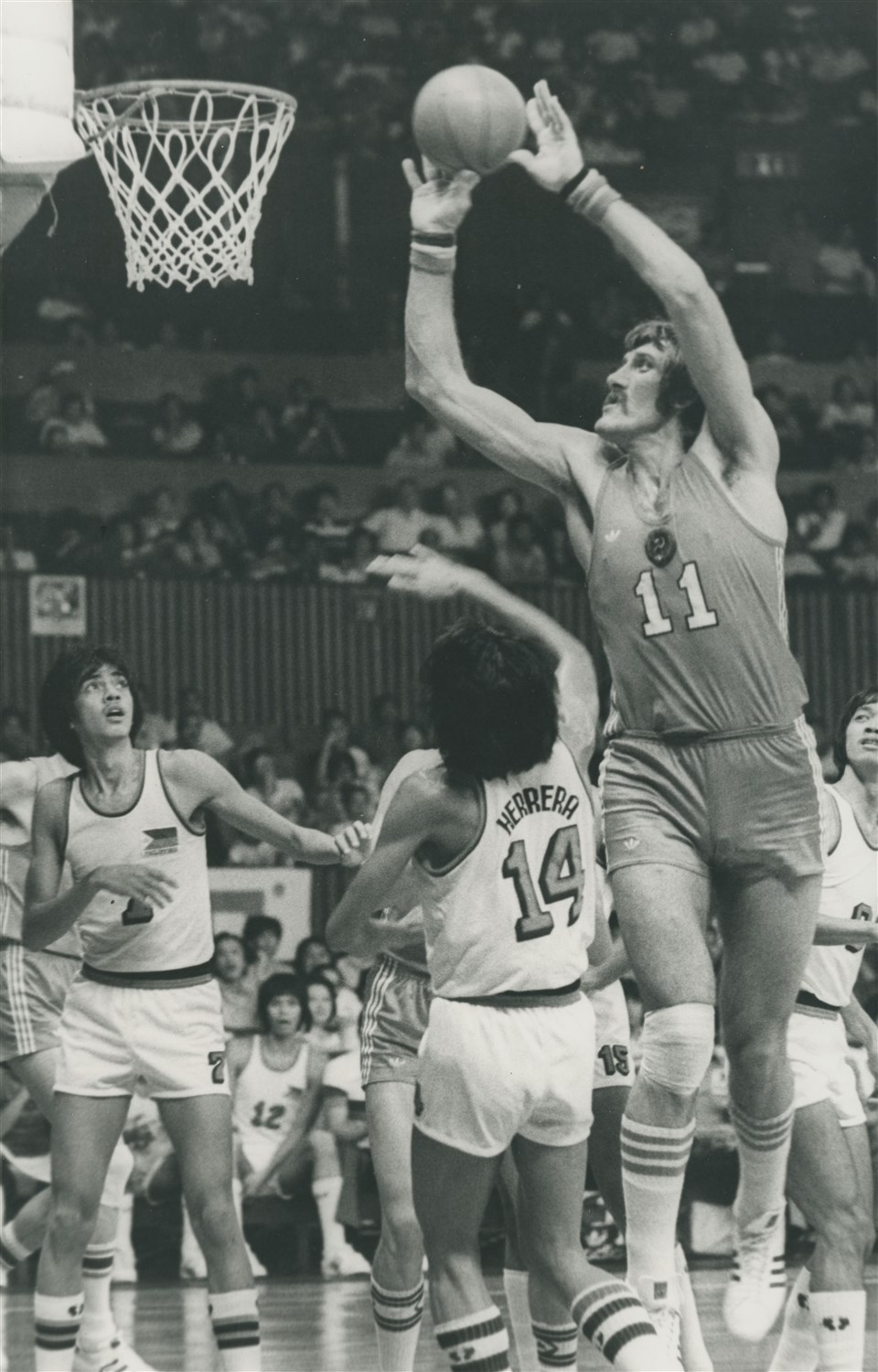
The Philippines had a 15-man roster for the 1978 FIBA World Cup.
Those representing the flag of the host nation included Alex Clariño, Steve Watson, Edward Merced, Frederico Israel, Ramon Cruz, Frederico Lauchengco, Cesar Teodoro, Bernardo Carpio, Nathaniel Castillo, Gregorio Gozum, Leopoldo Herrera, and Cesar Yabut.
Ramon Cruz led the Philippines in scoring throughout the tournament, with an average of 16.8 PPG. Following him were Watson with 11.2 and Carpio with 10.4.
So who won in 1978?
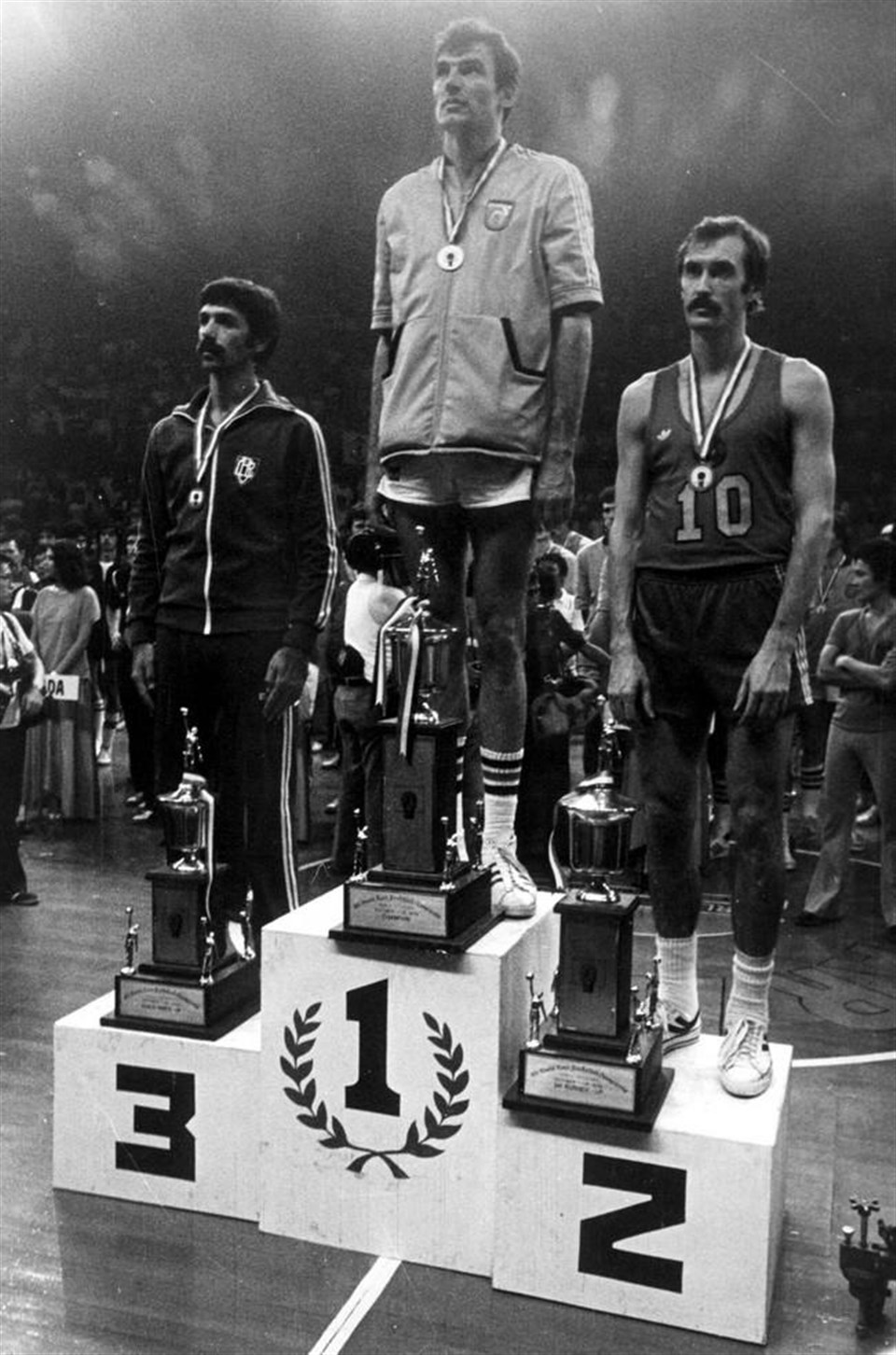
Finishing with a perfect record, Yugoslavia won the 1978 FIBA World Championship, the nation’s second world title.
Dražen Dalipagić — named one of FIBA’s 50 Greatest Players in 1991 and inducted into the FIBA Hall of Fame — won the tournament’s Most Valuable Player award.
The defending champions, the Soviet Union, came in second, and Brazil finished in third place.
What’s up next for 2023?
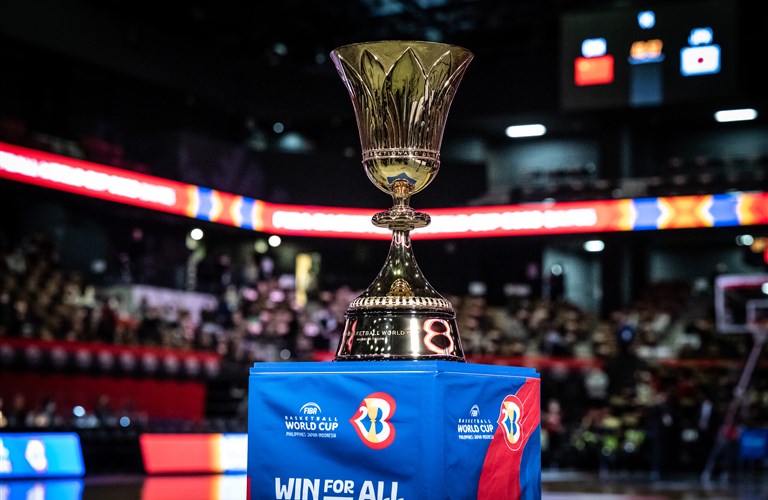
2023 marks the second time the Philippines will be hosting the FIBA World Cup in the tournament’s history.
Though they will be sharing the spotlight this time around with Japan and Indonesia, only the group stages will be spread out across all three Asian countries in four different arenas.
The finals round, starting from the quarterfinals of the tournament all the way to the big championship game, will only take place in the Philippines.
It has been 45 years since the Philippines last hosted the biggest basketball tournament in the world, and much has changed since 1978. But one thing is for sure: the national team will definitely fight hard to make their countrymen proud, playing on their home courts.
Banner images from FIBA on Twitter and FIBA Basketball.
Related Stories:
The FIBA World Cup Draw: How Does it Work?
These Are The 5 Arenas Hosting the 2023 FIBA World Cup
Built on the Backyard: How Kyle Travis came full circle with the game of basketball
